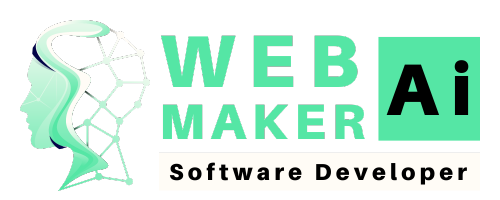
Android and iOS app development involve creating applications specifically designed for the Android and iOS platforms, respectively. These platforms have their own development environments, programming languages, and tools. Let’s explore the key aspects of developing apps for both platforms:
Android App Development:
- Programming Language: Android app development primarily uses Java or Kotlin as the programming languages. Kotlin has gained popularity due to its modern features and improved readability.
- Development Environment: Android Studio is the official integrated development environment (IDE) for Android app development. It offers tools for designing, coding, testing, and debugging Android apps.
- User Interface: Android apps use XML-based layout files to define the user interface. The user interface can be designed using XML or through Android Studio’s visual layout editor.
- App Distribution: Android apps are distributed through the Google Play Store. Developers need to adhere to certain guidelines and policies set by Google to publish apps on the store.
- Device Fragmentation: Android runs on a wide variety of devices with different screen sizes, resolutions, and hardware capabilities. Developers need to ensure their apps work well across various devices.
- Testing: Android Studio provides various testing tools for unit testing, integration testing, and UI testing. Emulators and physical devices can be used for testing.
- App Monetization: Developers can monetize Android apps through various methods, including in-app purchases, advertisements, and paid app downloads.
iOS App Development:
- Programming Language: iOS app development primarily uses Swift as the programming language. Objective-C is another option, although Swift has become the preferred choice due to its modern syntax and performance.
- Development Environment: Xcode is the official IDE for iOS app development. It offers tools for designing interfaces, coding, debugging, and testing iOS apps.
- User Interface: iOS apps use Interface Builder, a visual design tool within Xcode, to create user interfaces using Interface Builder Storyboards or SwiftUI for a declarative UI approach.
- App Distribution: iOS apps are distributed through the Apple App Store. Apps go through a review process to ensure they meet Apple’s guidelines before they are made available to users.
- Device Consistency: Apple’s limited device lineup results in more consistent hardware and software experiences across iOS devices compared to Android.
- Testing: Xcode provides a range of testing tools, including unit testing, UI testing, and performance testing. The iOS Simulator and physical devices can be used for testing.
- App Monetization: Similar to Android, iOS app monetization options include in-app purchases, subscriptions, advertisements, and paid app downloads.
It’s worth noting that both platforms have their own design guidelines and user experience principles, so app developers need to ensure their apps adhere to these guidelines for optimal user satisfaction. Developing for both Android and iOS may require separate codebases or using cross-platform frameworks like React Native, Flutter, or Xamarin, which allow you to write code that works on both platforms. The choice between native development and cross-platform development depends on factors like the app’s complexity, performance requirements, and development team’s expertise.


















